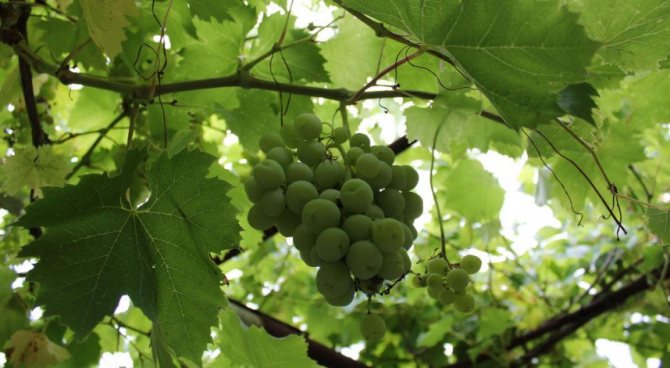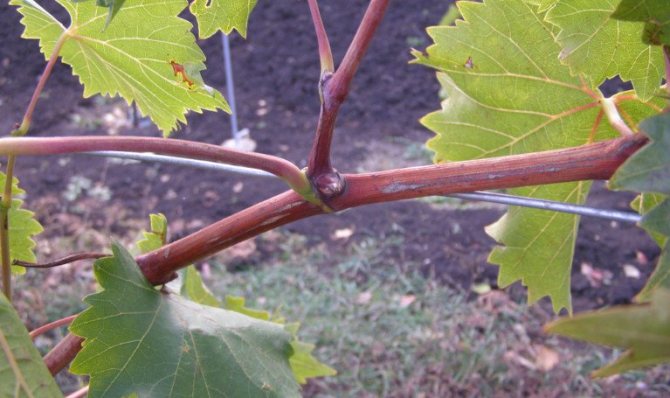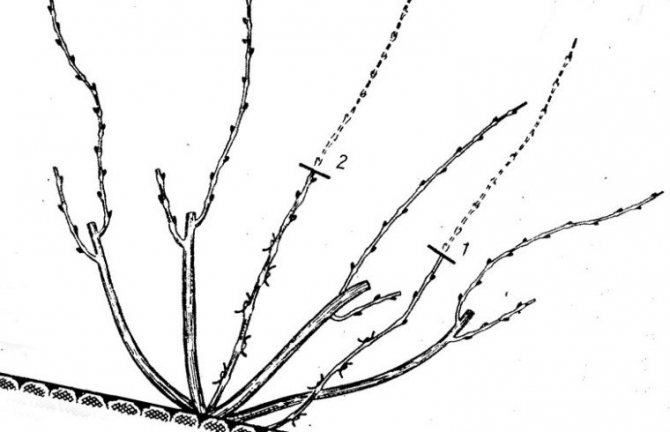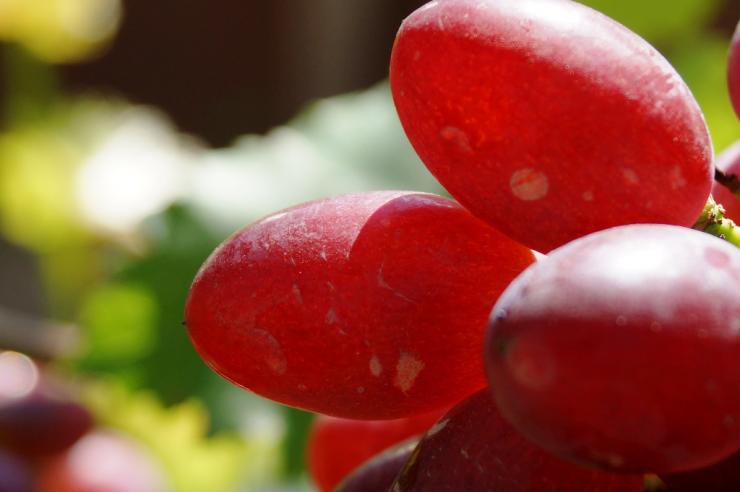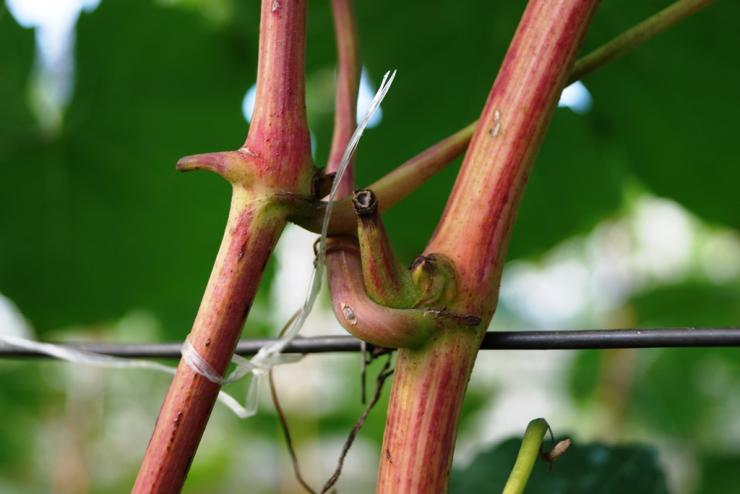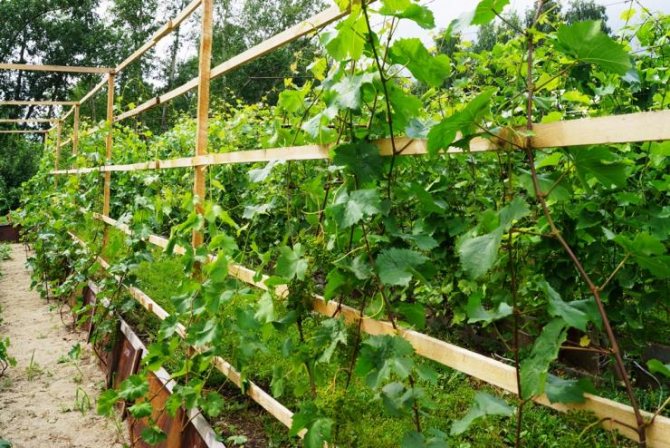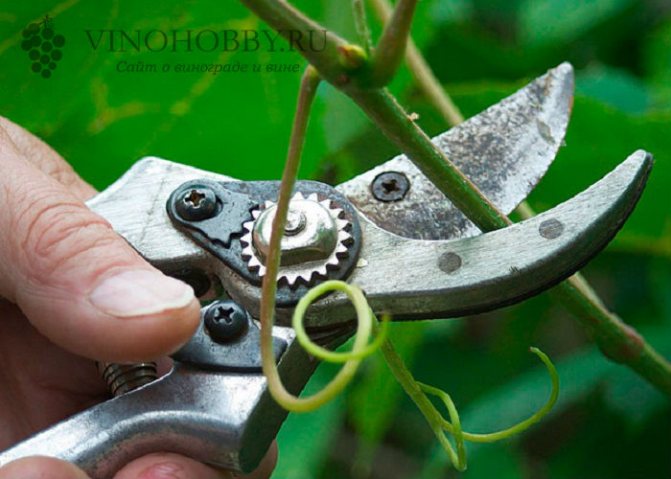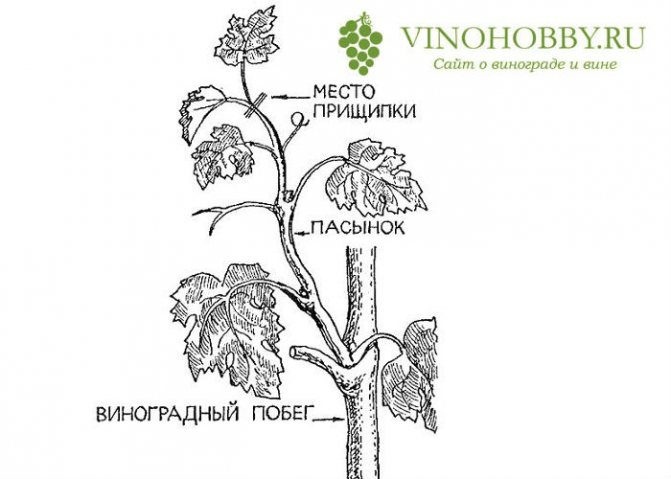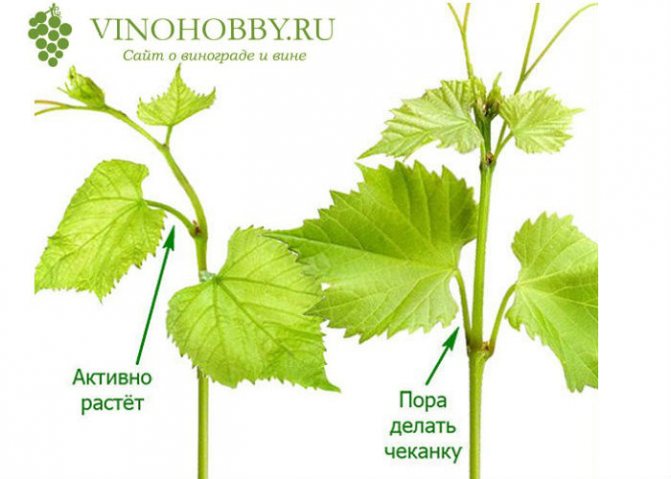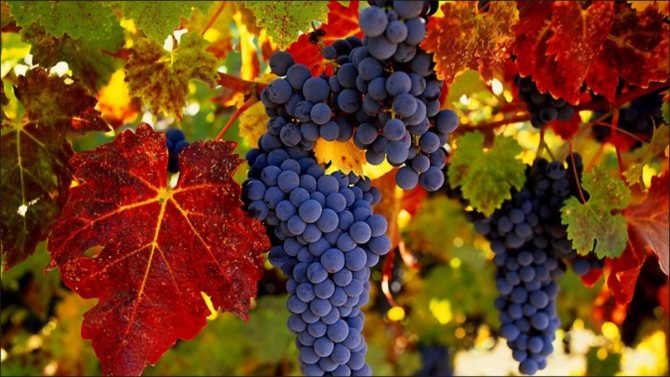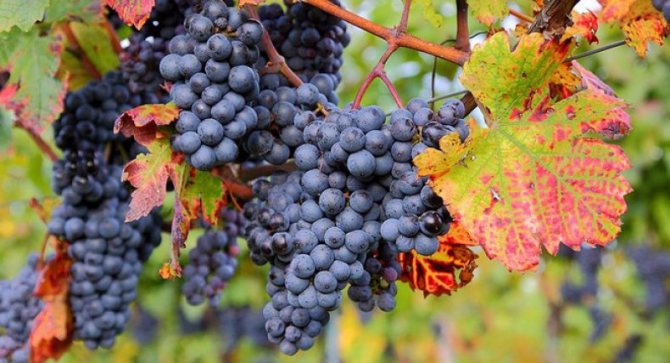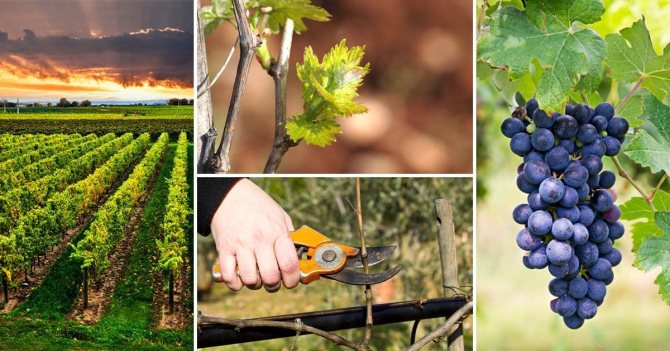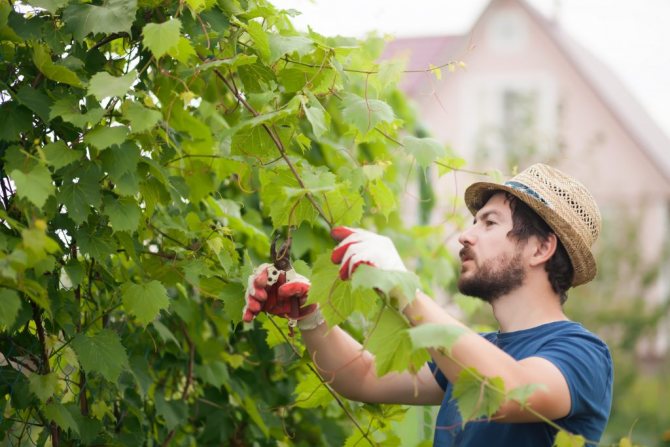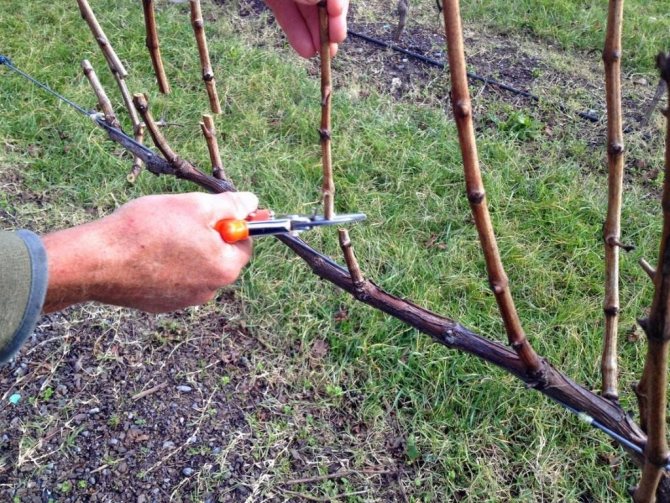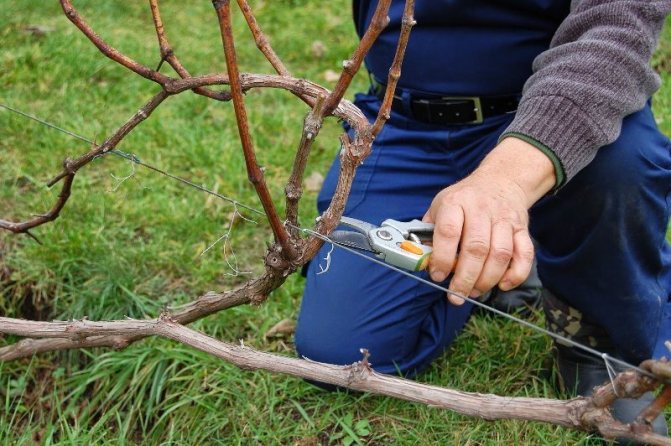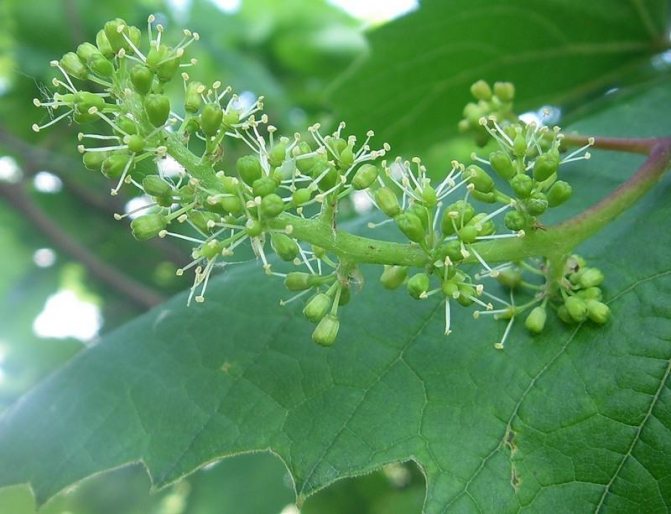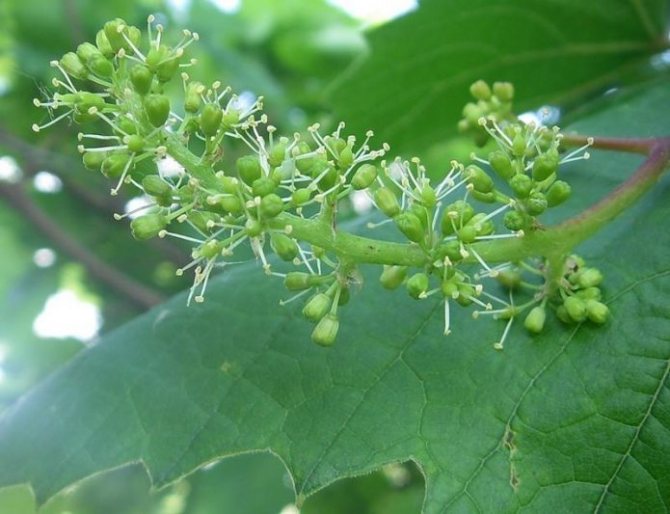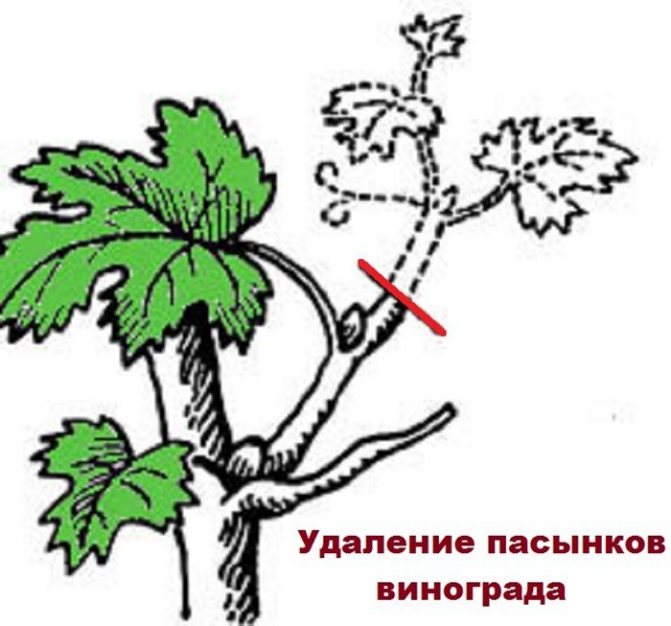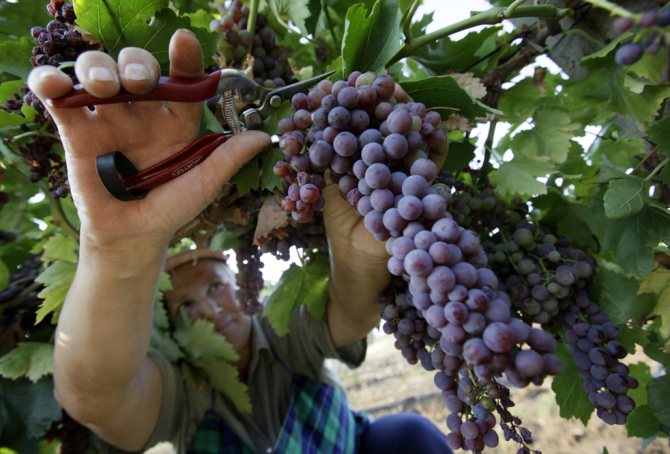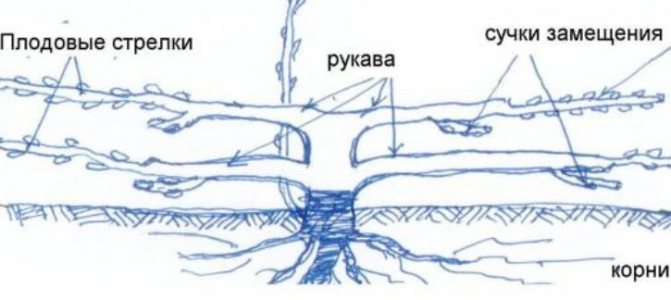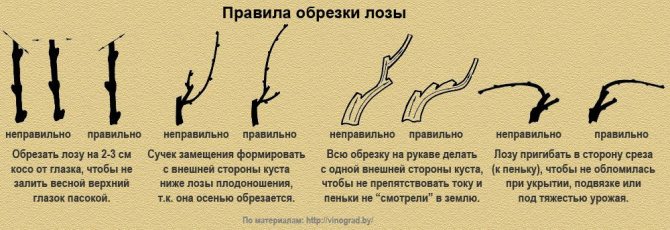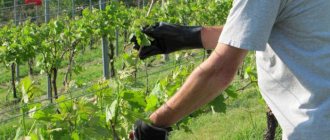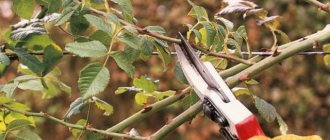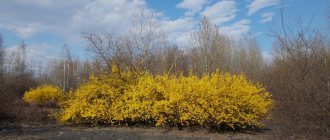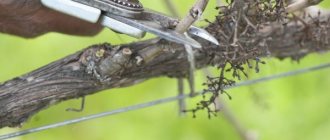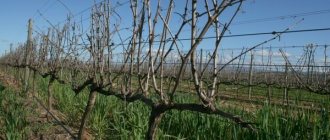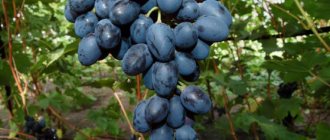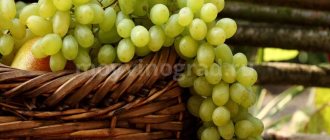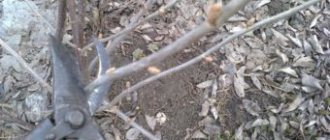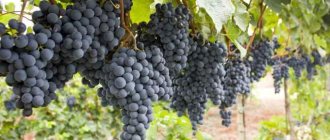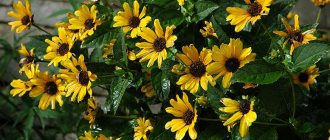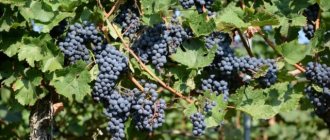Pruning grapes in summer is necessary to preserve its strength, so that the bush does not waste its potential on the formation of "unnecessary", fresh shoots. Let's look at the nuances of summer pruning of vines and the recommendations of experienced gardeners. As you know, this culture is characterized by rapid growth, if it is not controlled, then actively growing vines will suck vitality from the roots. We need a harvest - juicy, sweet bunches of grapes, so we need to remove unnecessary branches in a timely manner so that all nutrients rush to the fruits, and not to the shoots.
Summer pruning goals
Not all novice gardeners are aware of this stage of grape care. But if you do not perform the procedure, the plant significantly reduces the quantity and quality of the fruit.
Purposes of summer grape pruning:
- increased productivity;
- improving the taste and increasing the size of the berries;
- providing ventilation of the plant;
- acceleration of fruit ripening;
- disease prevention;
- an increase in the amount of nutrients;
- facilitating the care of the bush and harvesting.
After performing the manipulations, the plant reduces the waste of energy on the formation of young shoots and directs them to pouring berries. This adjustment helps to achieve a balance between fruitful and empty vines. The correct formation of the bush helps to improve the general condition of the culture.
When to prune grapes in summer
Carrying out green operations is closely related to the stages of development of the vine: vegetation, flowering, ovary formation, ripening of berries, harvesting. They also depend on the region and weather conditions.
Important! Whether or not minting and clarification is carried out is up to the grower himself. These procedures are not relevant for all grape varieties and not in all regions.
.
The following terms are characteristic for the middle lane:
- May - early June, before flowering - breaking off young shoots and pinching fruitful shoots;
- July, after flowering - pinching;
- August, during the ripening of berries - chasing and clarification.
Breaking off shoots
The underdeveloped and fragile shoots break off in late May - early June, depending on the climatic conditions of the region. Shoots by this time should reach 15-20 cm in length, then it will not be difficult to remove them. Inspect the vine for unnecessary branches once a week from June to August. This will allow for timely pruning, which will ensure an earlier harvest.
The branches that formed in the fall are tied to a support.
You should also remove wild growth that grows from the roots. The cultural one is not broken off, but used to form a bush. The stronger the plant, the more branches are left.
If the tops are not removed in time, they will take on some of the nutrition that is necessary for flowering and the formation of ovaries. And also new shoots will create shading. Fresh air and sunlight will not be able to penetrate the plant. Berries on thickened bushes do not pick up sugar, and the plant itself begins to ache.
Wreckage
As soon as new shoots appear on the vine last year, you need to make sure that only one grows from one point. The strongest is left, the weaker ones break out at the base. As a result of such actions, the fruiting vine receives good conditions for development.
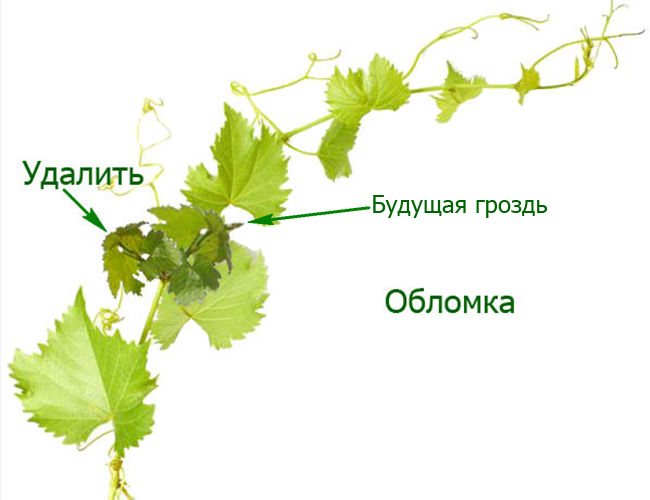
The first Green operation - a wreckage, during which the extra shoots of grapes are removed
Pinching
With the onset of spring, the reserves of nutrients in the vine begin to move towards the growth points. Apical shoots and inflorescences are no exception. When the lateral branches are actively developing, the hands may lack micronutrients. The plant sheds flowers, the inflorescences transform into tendrils.
To prevent this situation, grapes are pruned in the summer in the form of pinching the tops with unopened leaves. This gives the following results:
- the growth of lateral branches stops;
- inflorescences develop, forming ovaries;
- profuse flowering next year.
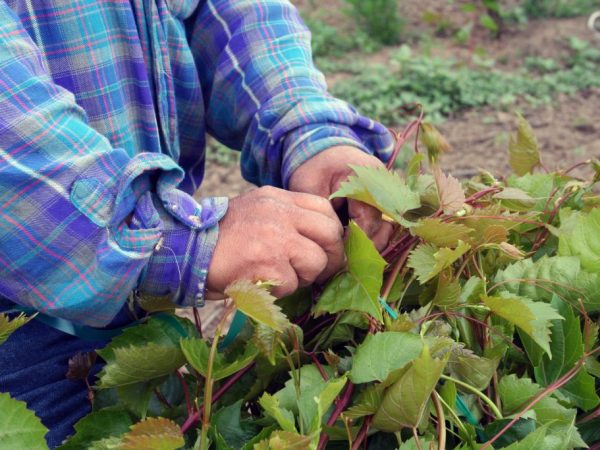

Pinching promotes ovary formation
The shoot is pinched in the middle of the internode above the first inflorescence. The event is combined with cutting out stepchildren or rationing of bunches. Pinching is also done when it is necessary to regulate the growth of the bush.
Normalization of bunches
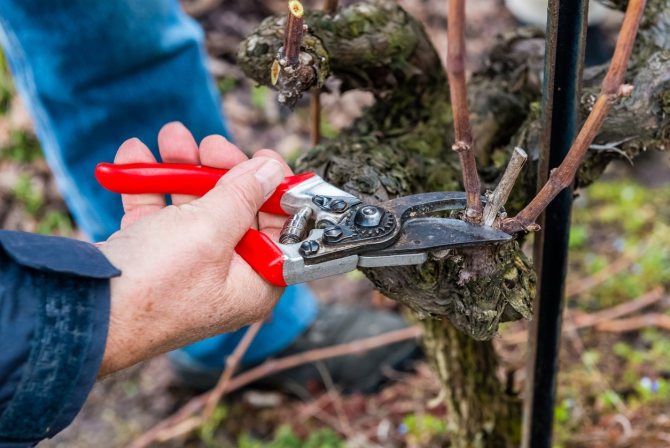

This operation is carried out in regions where the short summer does not allow all grapes to ripen. As a rule, 1-2 bunches are left on each fruiting vine. The rest are removed.
They also carry out rationing of berries. After they began to fill up, it becomes noticeable that some are lagging behind in development. Such berries are carefully cut. This makes it possible for those who remain to receive more nutrients, become larger and sweeter.
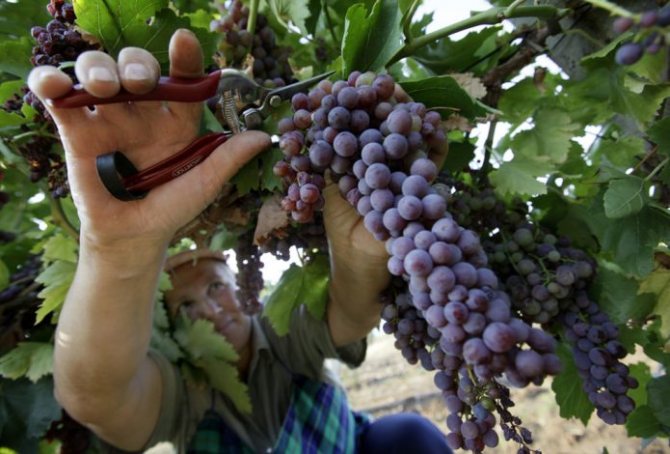

You can remove the whole bunches, as well as their parts and even individual berries that do not develop well.
Stepping
Pruning grapes in July involves removing the lateral shoots that form between the main stem and the leaves.
The event should be carried out according to this principle: the stepson is not removed entirely, but a stump of 1.5 cm is left (a cut is made above the feather leaf). If you do not adhere to these recommendations, then a new one will quickly grow in the place of the broken branch. The antennae are also cut off. If the plant is tied to a support, all of them must be removed, since this organ is only intended for adhesion when branching.
It is worth making sure that 2 stepsons do not grow from one eye. If this happens, remove the smaller one. The procedure is performed for table varieties. The best time to prune grapes in this way is June. The procedure is repeated several times per season. Combine with a grape garter.
Note to the gardener
- In the first two years after planting, all grape varieties are pruned in exactly the same way.
- Before starting pruning, it is recommended to think in advance not only the order of actions, but also the shape of the shrub. And already proceeding from this, get down to work.
- If hiding grapes for the winter is practiced in your region, the bole of the plant should be minimal.
- If the vine has already endured two winters, it must be removed. She will no longer bear fruit.
- When pruning fruiting arrows, keep in mind that the bottom two buds are usually empty. Therefore, it is necessary to leave at least 8 eyes.
Chasing
The young shoots are shortened in August. Do this with your hands or with a garden pruner or knife, which are pre-disinfected. The process resembles a pinching method. The difference is a deeper cutting of the apex. It begins when the lateral branch straightens and reaches 1-1.3 m. Then its apical part is removed with 5-8 opening leaves - 15-20% of the stem length.
If the chasing is done faster than the allotted time or if the shoots are cut off too much, the vine will begin to intensively create stepchildren. Culture will spend a lot of energy on their education. Removing a lot of foliage will slow down the photosynthesis process. For the normal life of the culture, about 14 leaves should remain on the branches.
This type of grape pruning in summer is performed for vigorous bushes. It contributes to:
- preventing bud shedding;
- high productivity;
- increasing the taste of berries;
- prevention of disease development.
Some gardeners cut off some of the upper roots in August. This stimulates the lower root system.
Thinning leaves
When the grapes start to color, the leaves shading them are removed. This is done in 3 steps:
- First, 1/3 of the leaves are cut off.
- After a week, remove half of the remaining.
- After another week, the bunches are completely opened.
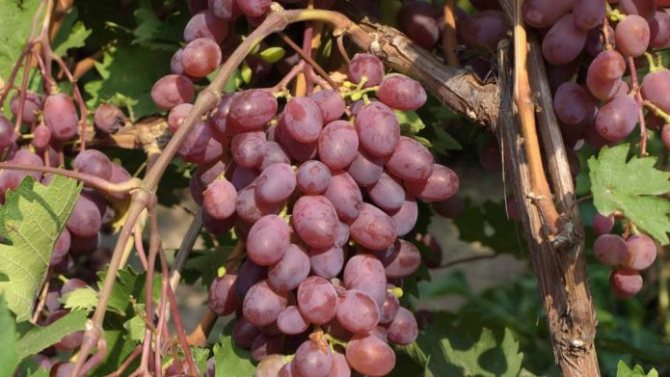

Leaves should not shade ripening clusters, they are gradually cut off
Only in direct sunlight does the grape acquire all the flavor and aroma qualities that are so appreciated in it.
Pruning after flowering
To increase the illumination and airing of the forming bunches, summer pruning of grapes is performed by removing part of the leaves (from 5 to 10 pieces). In addition to the one that creates shading, cut off the old foliage and the foliage below the bush. The procedure is performed when the fruits begin to ripen. It is recommended to produce it in regions where the summer period is short. In the South, indications for foliage removal are:
- wet and cool summer;
- growing vigorous varieties.
Pruning grapes in the summer after flowering also includes rationing the harvest. Remove some of the brushes.
To fully mature large clusters, small ones are removed. No more than 3 pieces are left on the shoots, if they are weak, then only one. The bunch is often shortened with a sharp knife. Normalization is carried out when the berries have not yet begun to ripen. Thanks to such actions, much more nutrients will be supplied to the remaining fruits.
There is another option for obtaining an early and high-quality harvest - banding. For its implementation, the bark is cut off from a young branch in the form of a thin ring (1-3 mm). Then the culture directs nutrition to the bunches, as well as to those parts of the plant that are above the incision. The fruits, thanks to such actions, will ripen 2 weeks earlier. But the procedure is painful for the grapes, so it is not worth applying it every year.
Lightening
The essence of the work is to remove some of the foliage. This provides the plant with better ventilation. It is usually carried out at the time of maturation of the brushes at the discretion of the gardener. If your vineyard is dotted with foliage, then it makes sense to thin it out.
It is worth noting that many gardeners make the common mistake of leaving the foliage removed at the roots of the grapes. This is not worth doing, bacteria can form on the torn off leaves, which will eventually infect the plant.
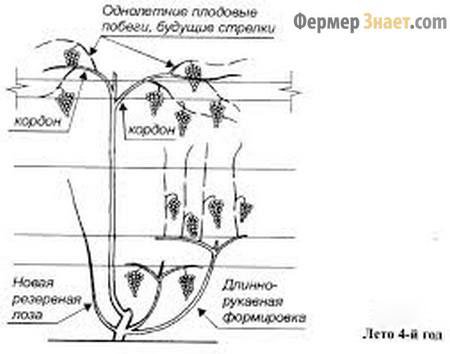

If your vineyard pleases you with a bountiful harvest, you can thin out the bunches a little. The number of fruits, of course, will decrease, but their quality will increase. The recommended number of bunches for strong shoots should not exceed three. One bunch will be enough for a weak vine.
Summer pruning features
The main events take place in autumn and spring. Before performing summer manipulations, novice gardeners should think over the shape of the bush, as well as the procedure. In regions with cold winters, a pruning scheme is used in which a non-standard plant is formed. If the shelter is not provided - standard.
After completing all the manipulations, equal slices should remain. It is better if they are on the inside of the stem, then the wounds will heal faster. If the slices are from different sides, then the movement of the juice is hampered, which has a bad effect on the yield.
It is better to prune grapes in the summer in the morning or in the evening. It is desirable that the weather is cloudy. For a young plant that bears fruit for only 1-2 years, branches with bunches are removed. Otherwise, the culture will not have enough strength to ripen them. The time for performing the procedure is adjusted according to the climatic conditions of the region.
Follow-up care
How to care for grapes when all the pruning steps have been completed? Watering is carried out at the rate of 10 liters of water for each bush. After him, the earth is necessarily loosened. To retain the maximum amount of moisture and avoid frequent weeding, mulching is carried out. It is necessary to fertilize the vineyard with superphosphate, ammonium sulfate and ammonium nitrate.
To prevent the shrub from becoming infected with a fungus, a preventive treatment with a fungicidal preparation is carried out. If gray rot is found during examination of the culture, treatment is carried out with potassium permanganate. Processing is also effective with such a folk remedy as baking soda.

